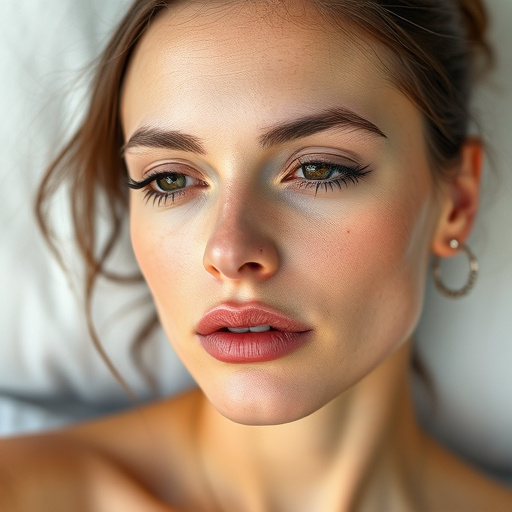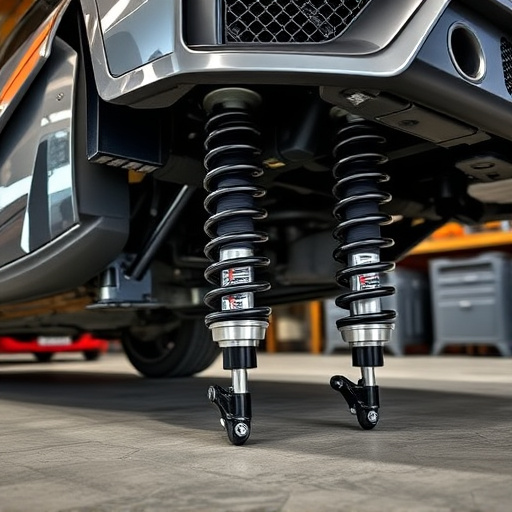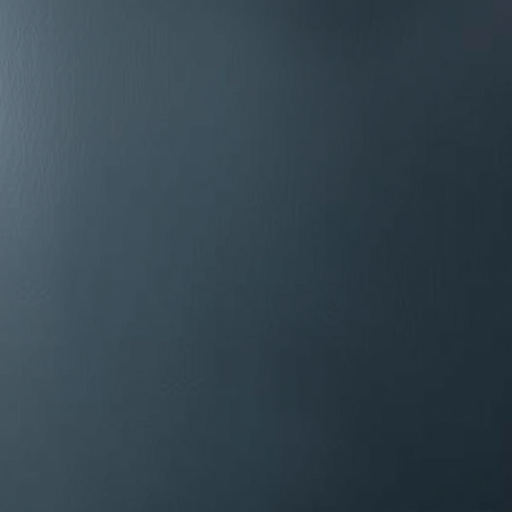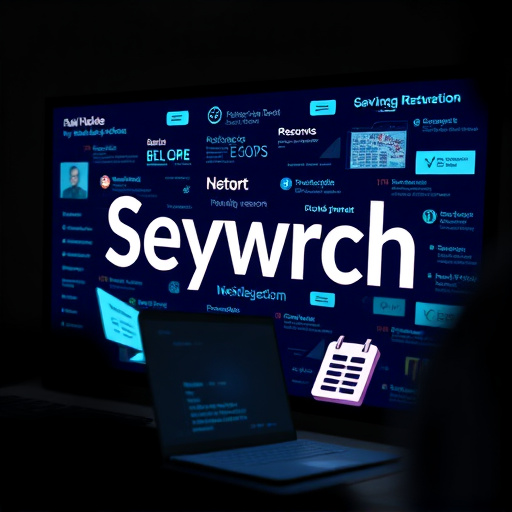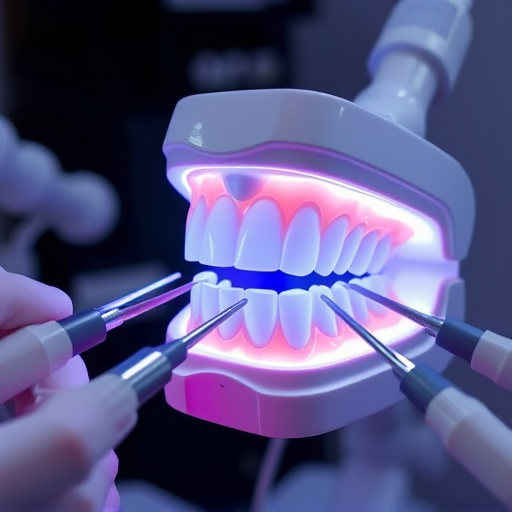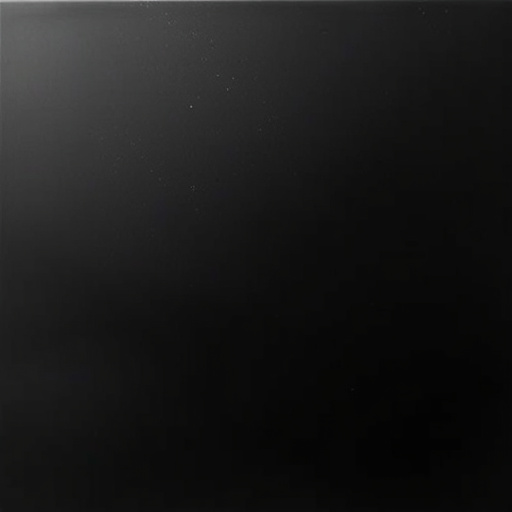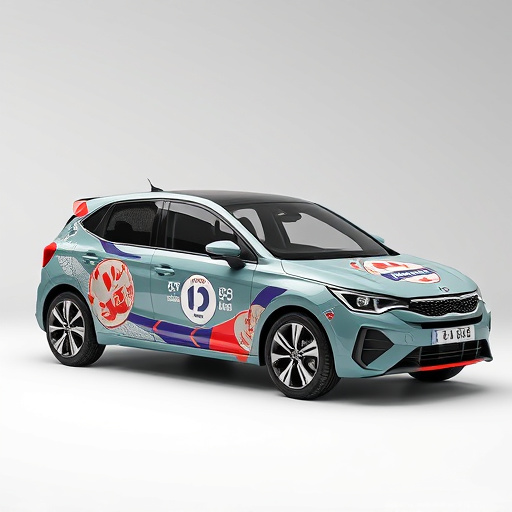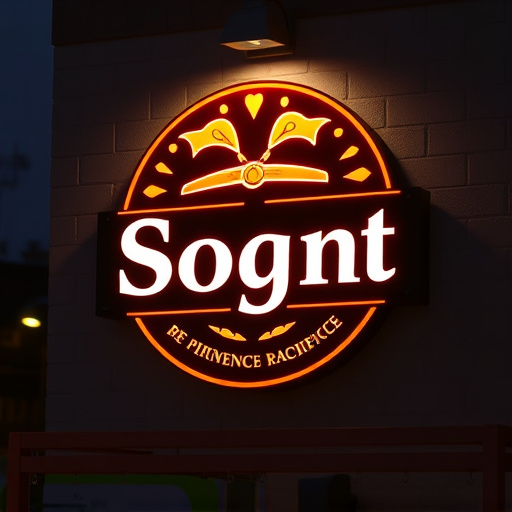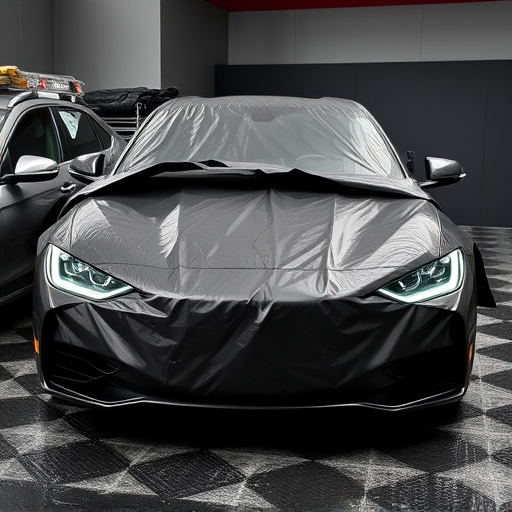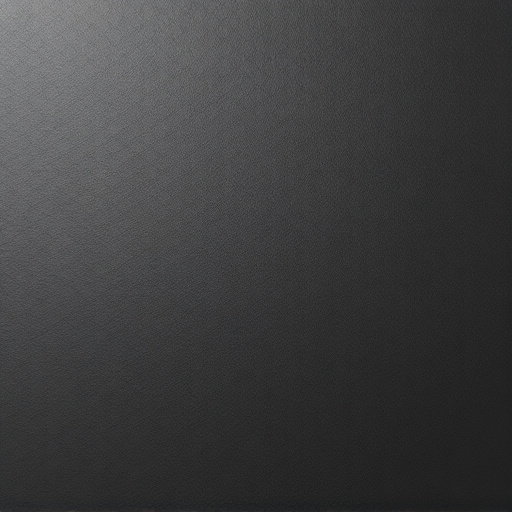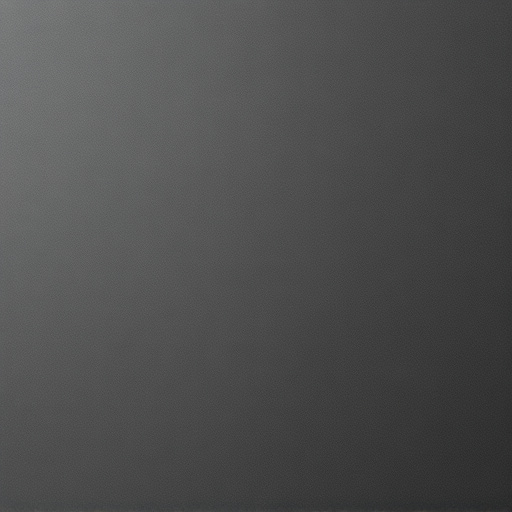Hydrophobic coatings, known for repelling water and contaminants while offering UV protection, are gaining popularity in various sectors. Applying these coatings to glass presents unique challenges due to its smooth and transparent nature, but they enhance durability and aesthetics in automotive detailing. Future research aims to integrate more functionalities, expanding their use in optics, electronics, and healthcare. This technology promises to revolutionize industries with tailored glass surfaces designed for specific needs.
“Hydrophobic coatings have gained prominence for their water-repellent properties, revolutionizing various industries. While commonly applied to materials like metal and plastic, glass—a ubiquitous surface in our daily lives—presents an intriguing question: can hydrophobic coating be effectively utilized on it? This article explores the concept of hydrophobic coatings, delves into the unique challenges of applying them to glass, and discusses their potential future applications, offering a comprehensive insight into this versatile technology.”
- Understanding Hydrophobic Coatings: Properties and Benefits
- Challenges of Applying Hydrophobic Coating on Glass
- Potential Applications and Future Prospects for Glass Coating
Understanding Hydrophobic Coatings: Properties and Benefits
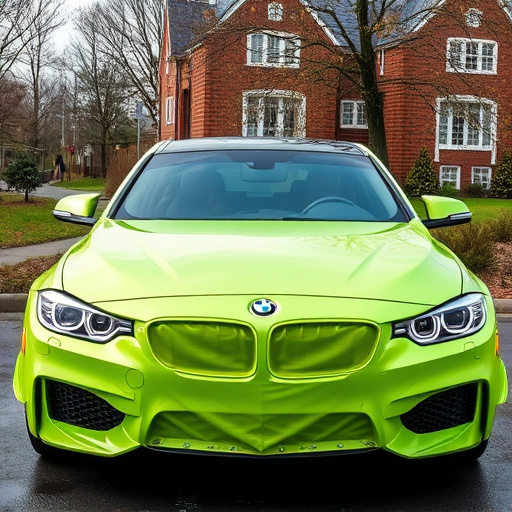
Hydrophobic coatings are specialized protective layers designed to repel water, dirt, and other contaminants, leaving surfaces clean and smooth. These innovative materials have gained significant attention across various industries due to their unique properties. The key to their effectiveness lies in their ability to create a molecular barrier that prevents liquids from wetting the surface below, ensuring long-lasting protection.
One of the notable benefits of hydrophobic coatings is their enhanced UV protection. By forming an invisible shield, they safeguard surfaces from harmful ultraviolet rays, which can cause fading, cracking, and other damaging effects. This makes them particularly valuable for car customization, where maintaining the exterior finish is essential. Moreover, these protective coatings offer easy maintenance, making surface cleaning more efficient and less time-consuming, contributing to their growing popularity in both industrial and consumer applications.
Challenges of Applying Hydrophobic Coating on Glass
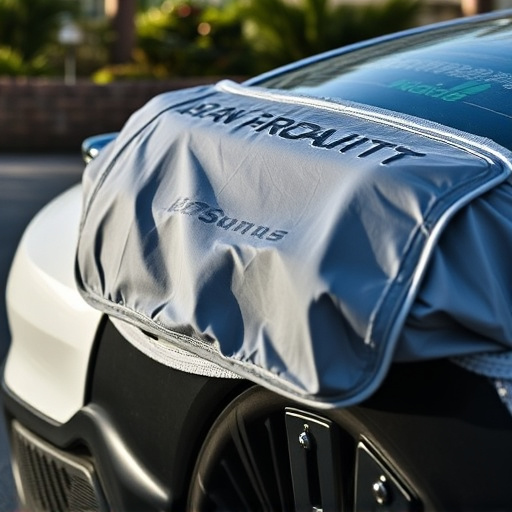
Applying hydrophobic coating to glass presents unique challenges compared to other surfaces, like car bodies or vinyl wraps. Glass has a smooth, non-porous surface that can be difficult for the coating molecules to adhere to effectively. This is in contrast to rougher materials where the coating can bond more easily by filling microscopic gaps. Additionally, glass’s high reflectivity and transparency require the hydrophobic coating to maintain these properties while also repelling water and dirt.
Another challenge lies in the long-term stability of the coating on glass. Glass surfaces are prone to fingerprints, smudges, and other forms of contamination that can compromise the effectiveness of the hydrophobic properties over time. In automotive detailing or vehicle enhancement applications, this means the coating must not only repel water but also resist stains and maintain its superhydrophobic state under various environmental conditions.
Potential Applications and Future Prospects for Glass Coating
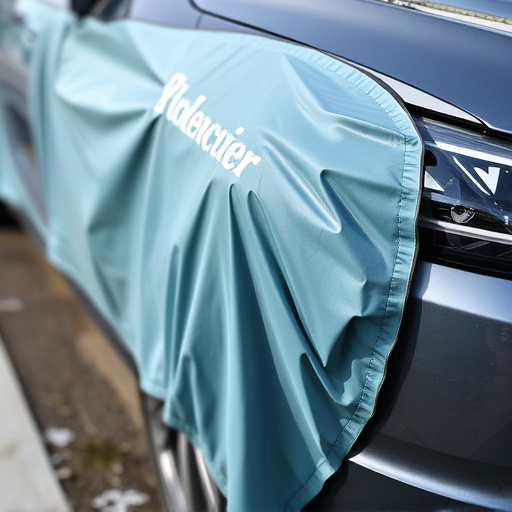
The potential applications of hydrophobic coating on glass are vast and promising. Beyond its established use in enhancing water repellency and reducing surface tension, this innovative technology offers exciting possibilities for various industries. In automotive sectors, hydrophobic coating can significantly improve the durability and aesthetics of vehicle wraps and custom graphics, ensuring paint correction and extending the lifespan of these intricate designs. It can also find utility in architectural glass, providing anti-fogging and self-cleaning properties that enhance window performance and reduce maintenance requirements.
Looking ahead, future prospects for glass coating are equally intriguing. As researchers delve deeper into the chemistry behind hydrophobic coatings, they may uncover new ways to integrate additional functionalities such as UV protection, scratch resistance, and improved transparency. These advancements could open doors for specialized applications in optics, electronics, and even healthcare. The versatility of hydrophobic coating suggests a future where glass surfaces can be tailored to meet increasingly diverse needs, revolutionizing industries and everyday life alike.
Hydrophobic coatings have shown promise in various industries, but their application on glass presents unique challenges. Despite these hurdles, the potential benefits are significant, ranging from improved anti-fog properties to enhanced durability. With ongoing research and development, future innovations in glass coating technology could revolutionize how we interact with windows, lenses, and other glass surfaces, making them more functional and efficient. Hydrophobic coatings, when successfully integrated into glass, could offer a game-changer solution for various applications, from automotive to architectural.
